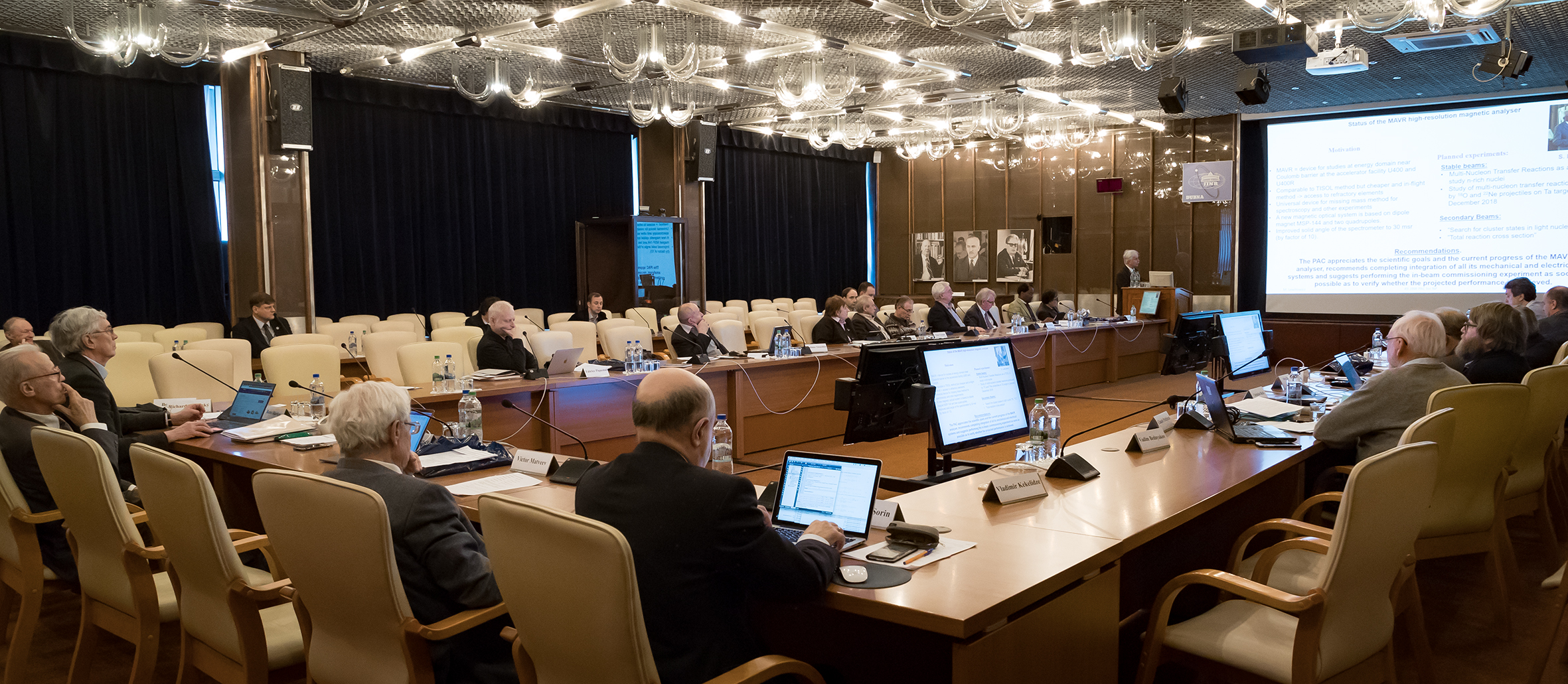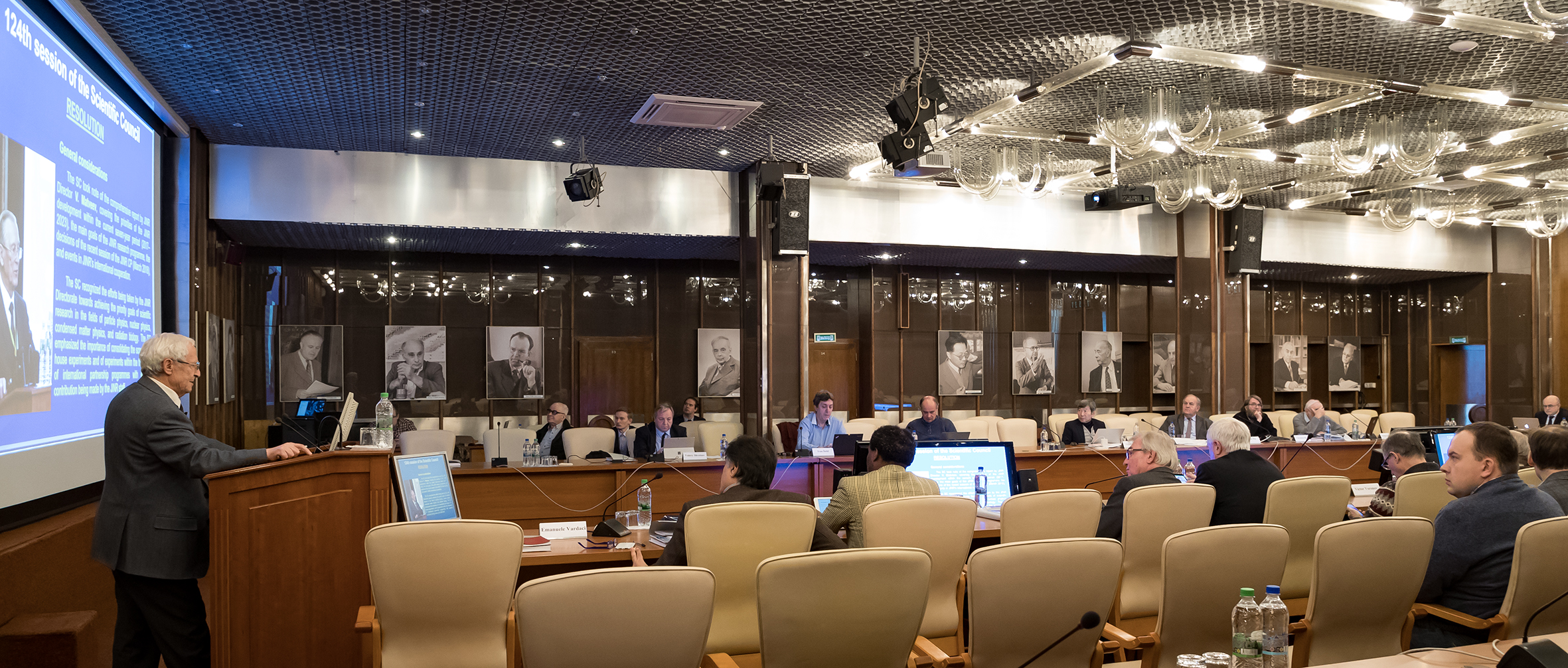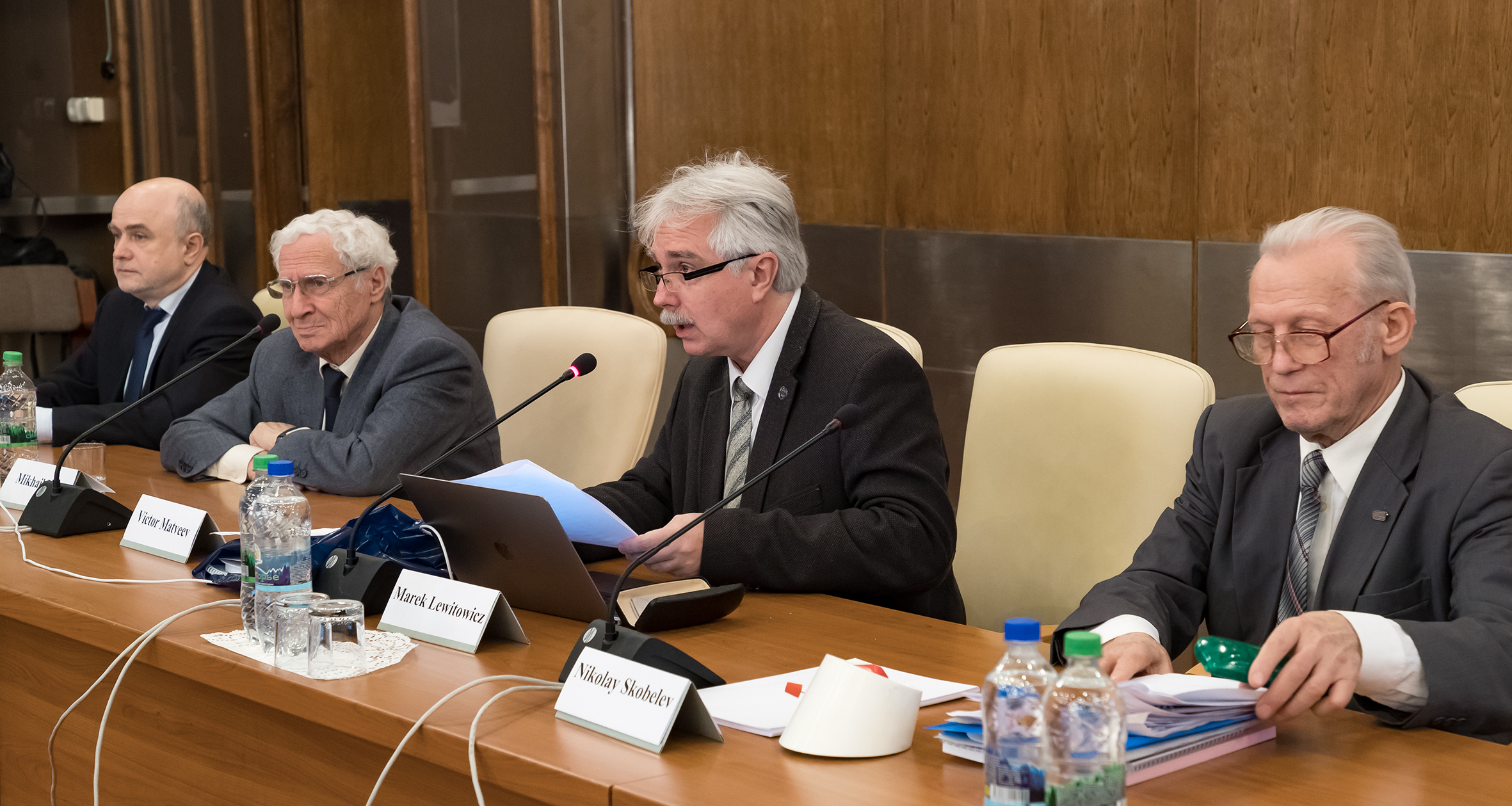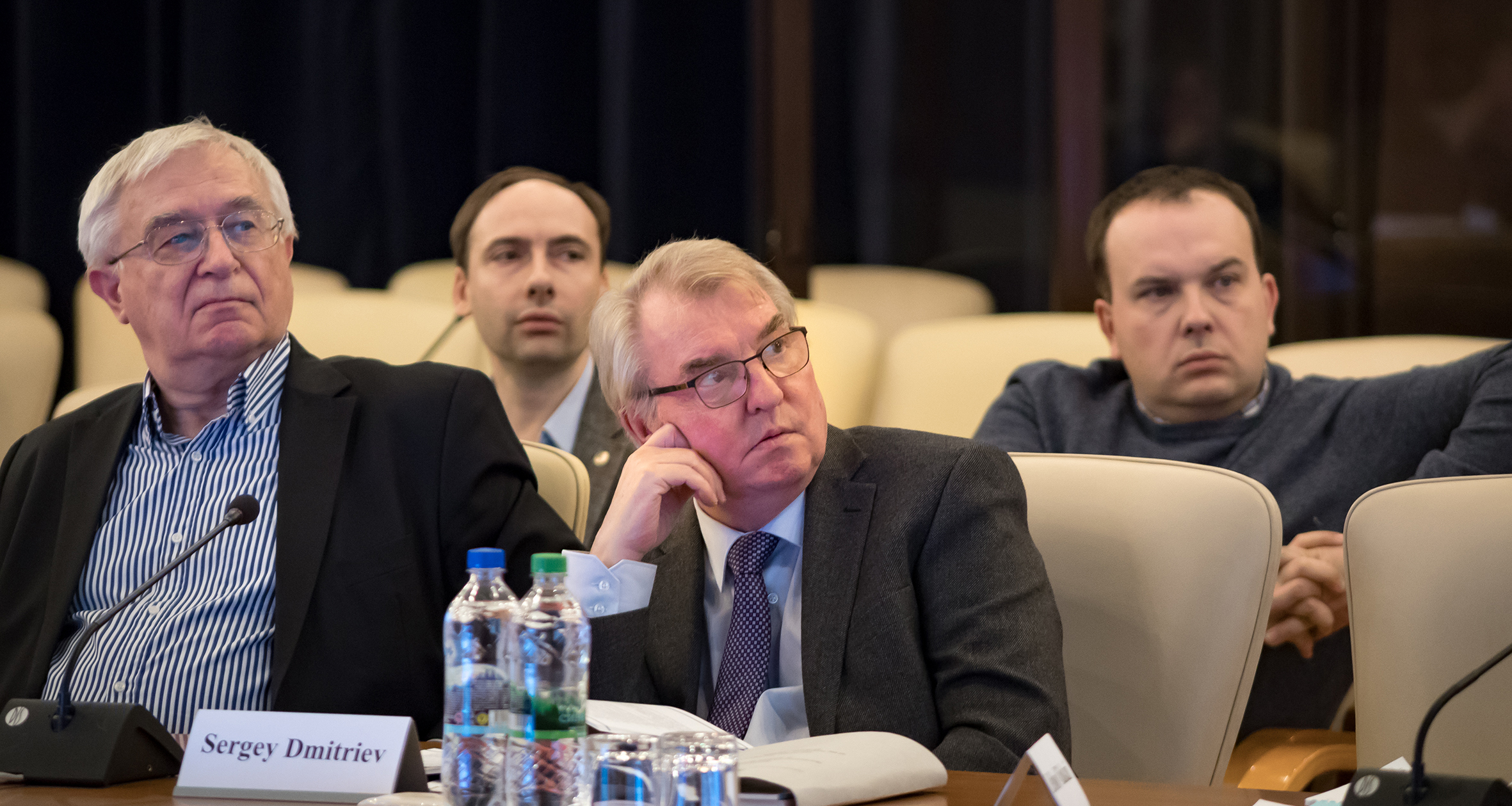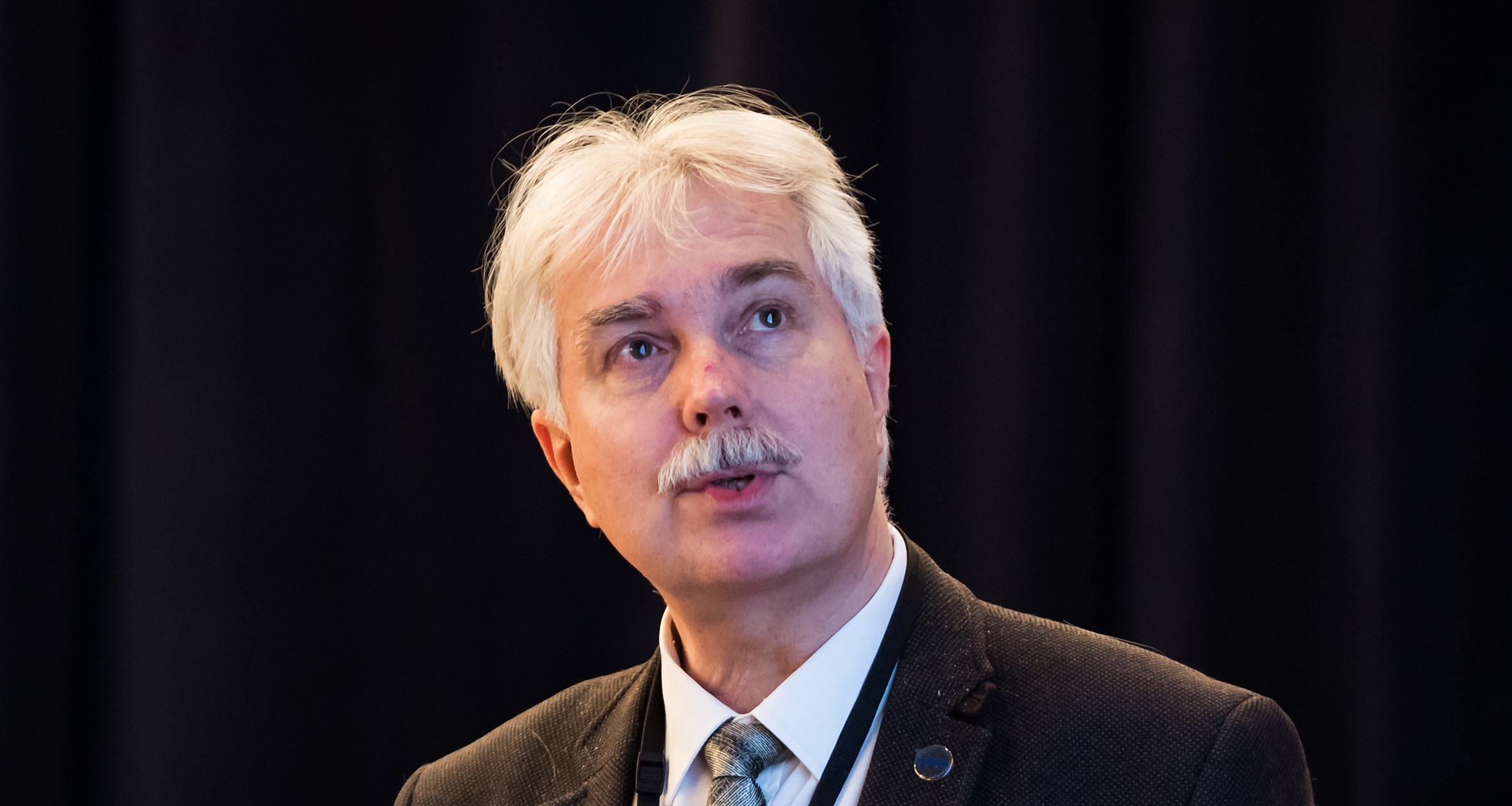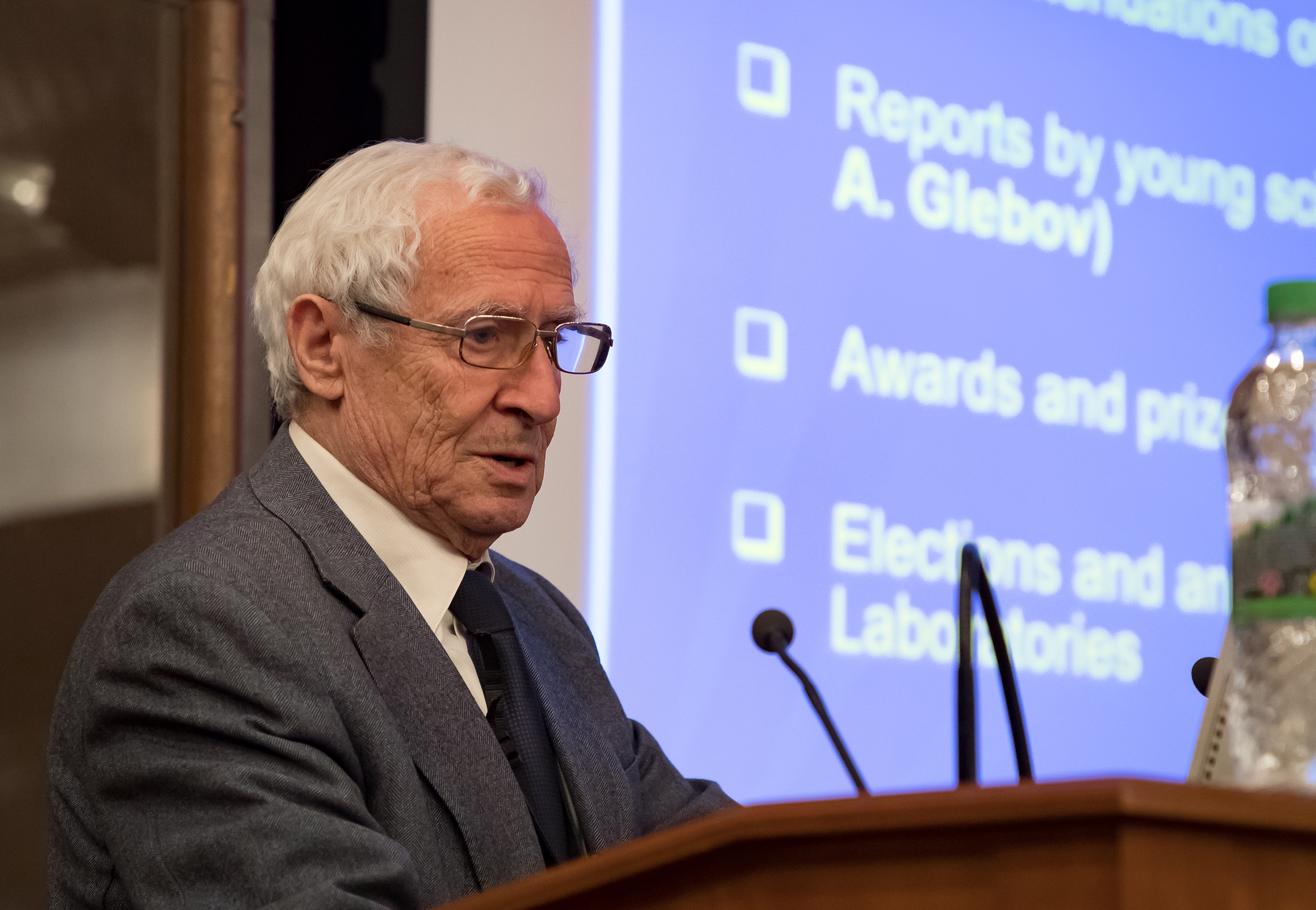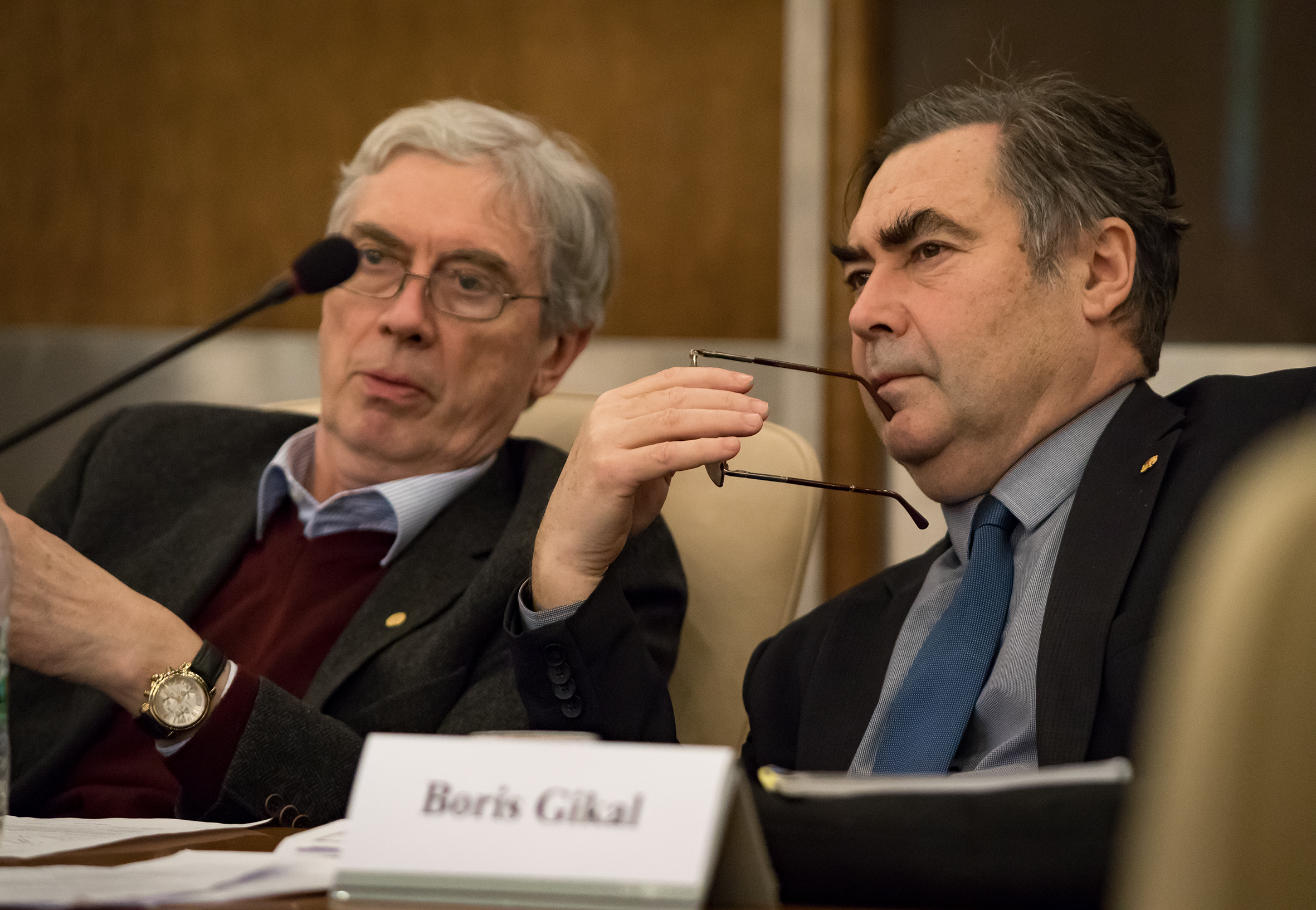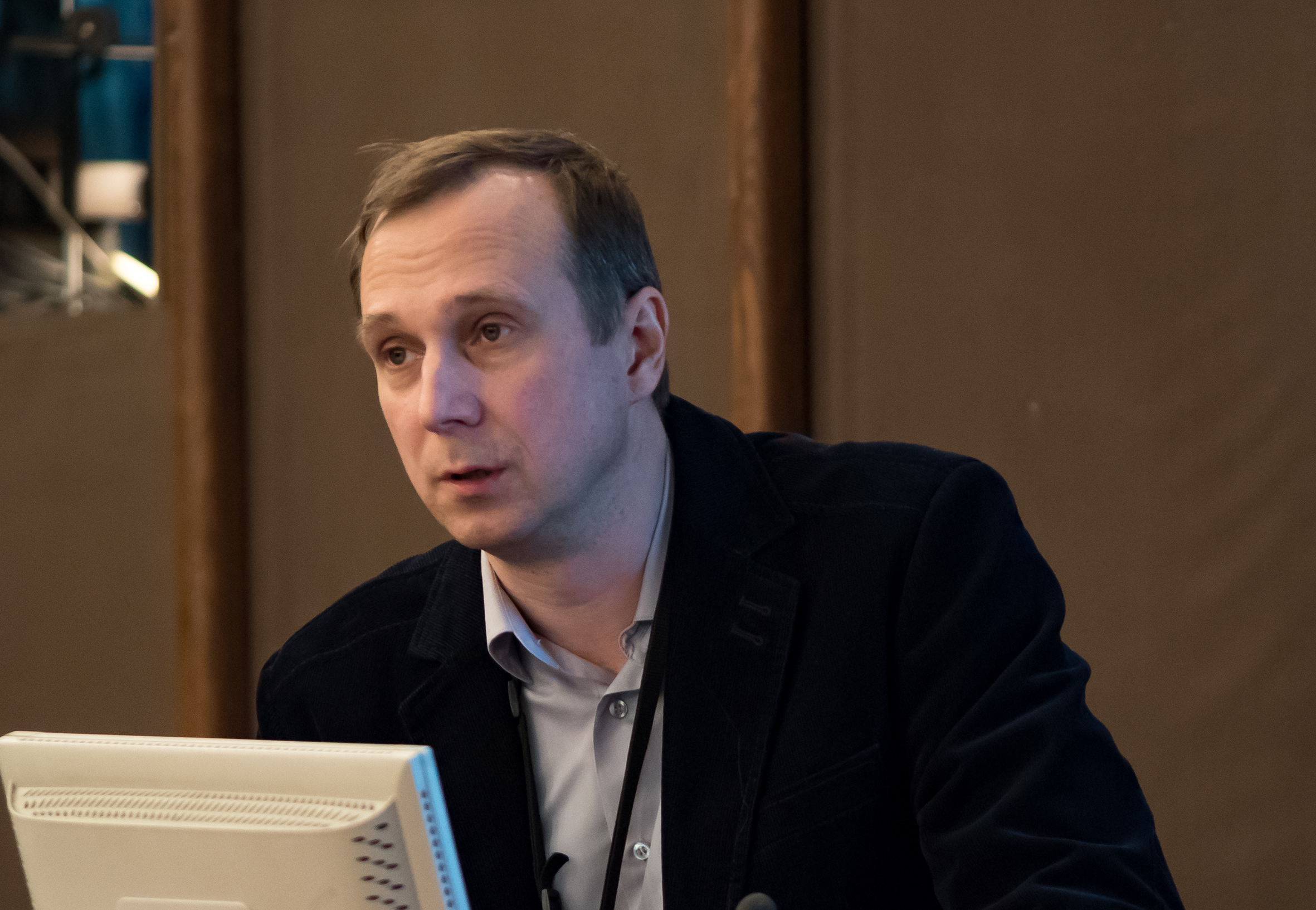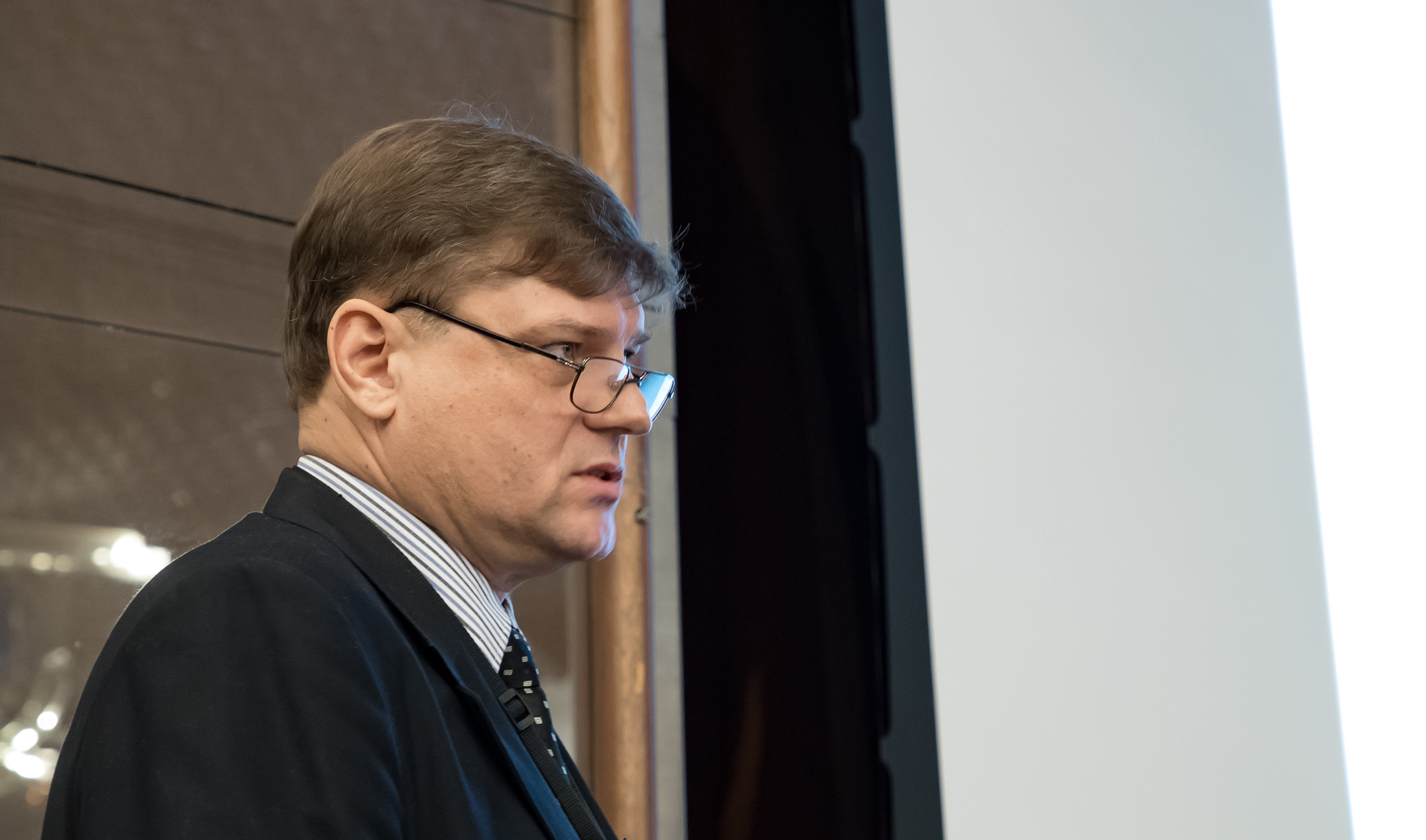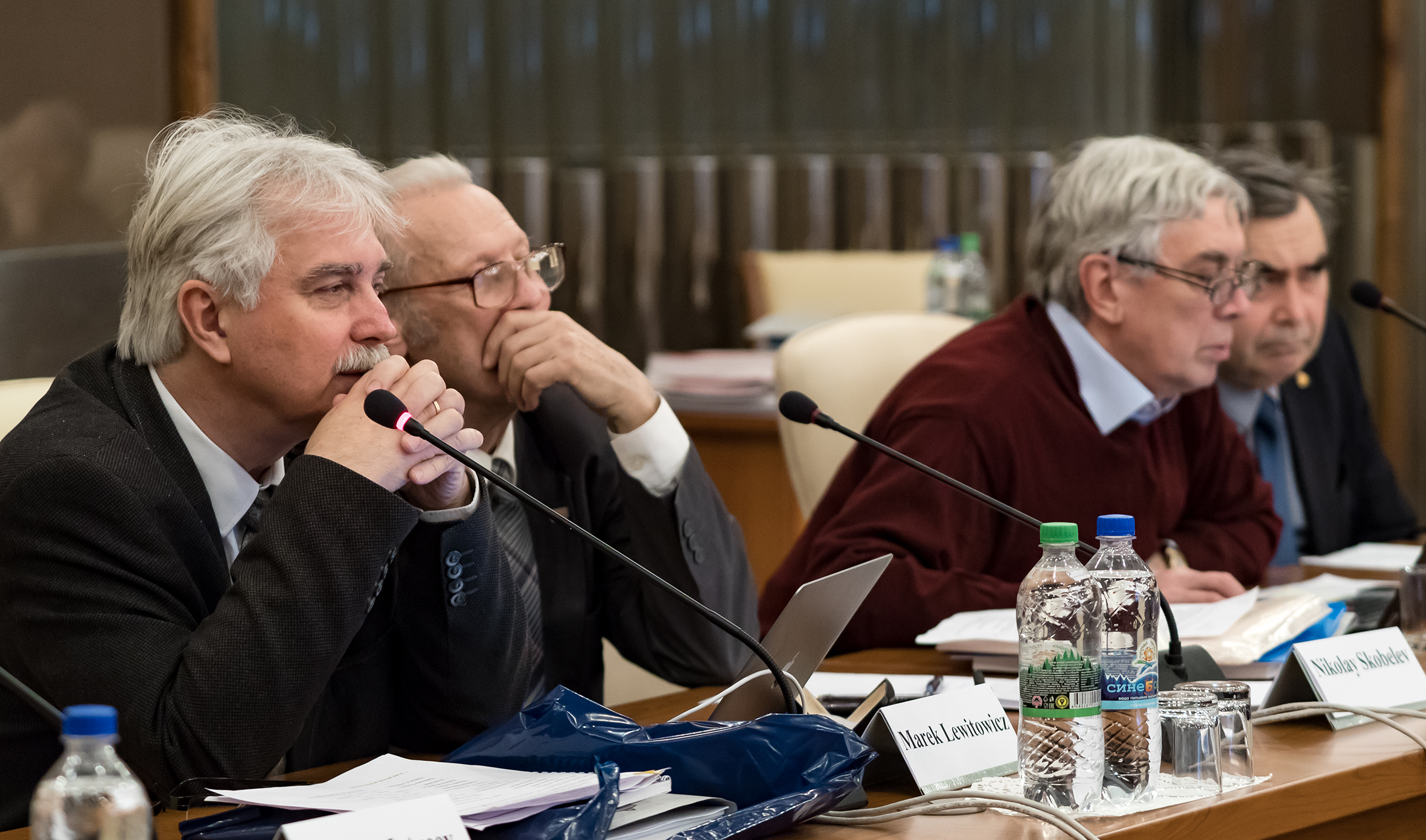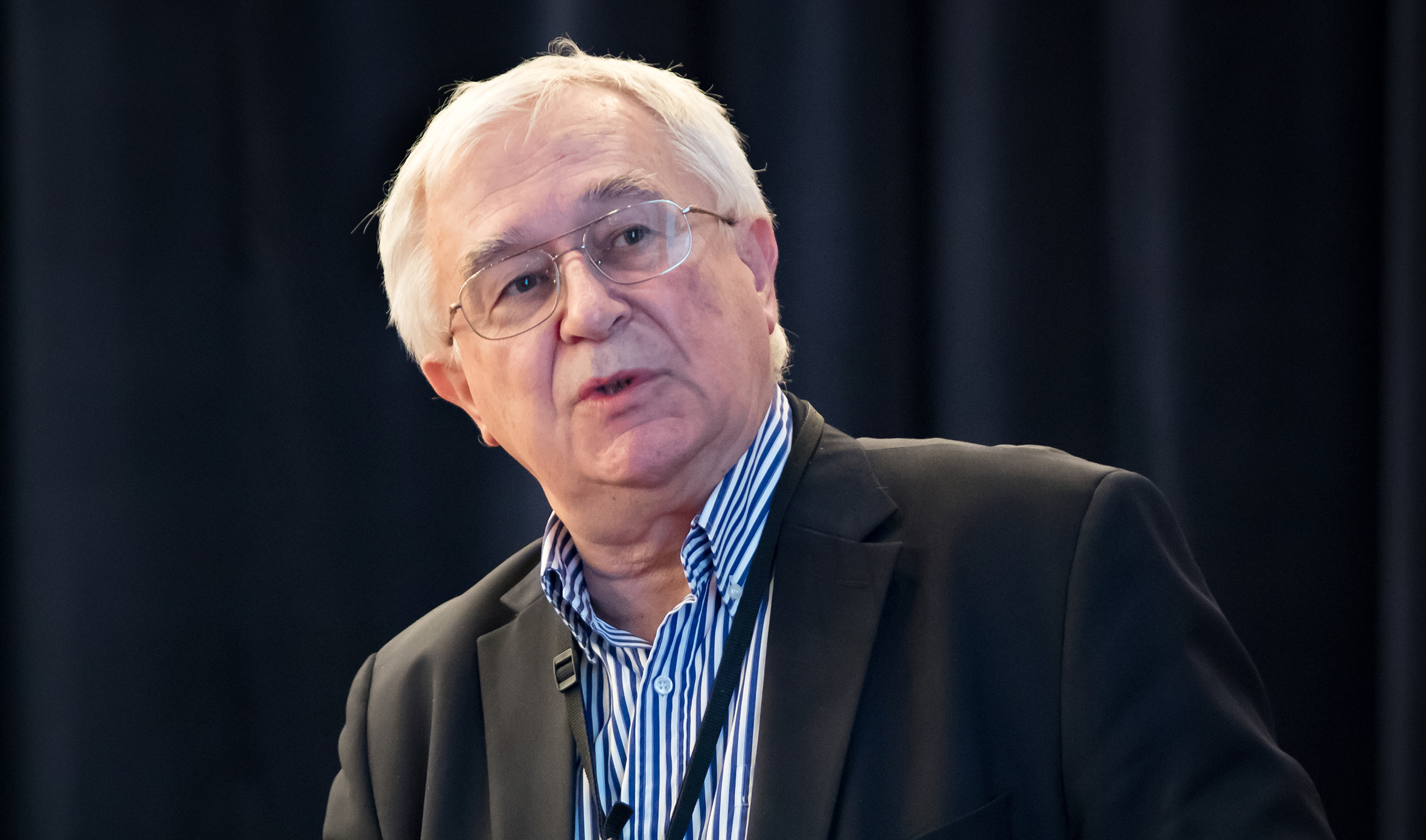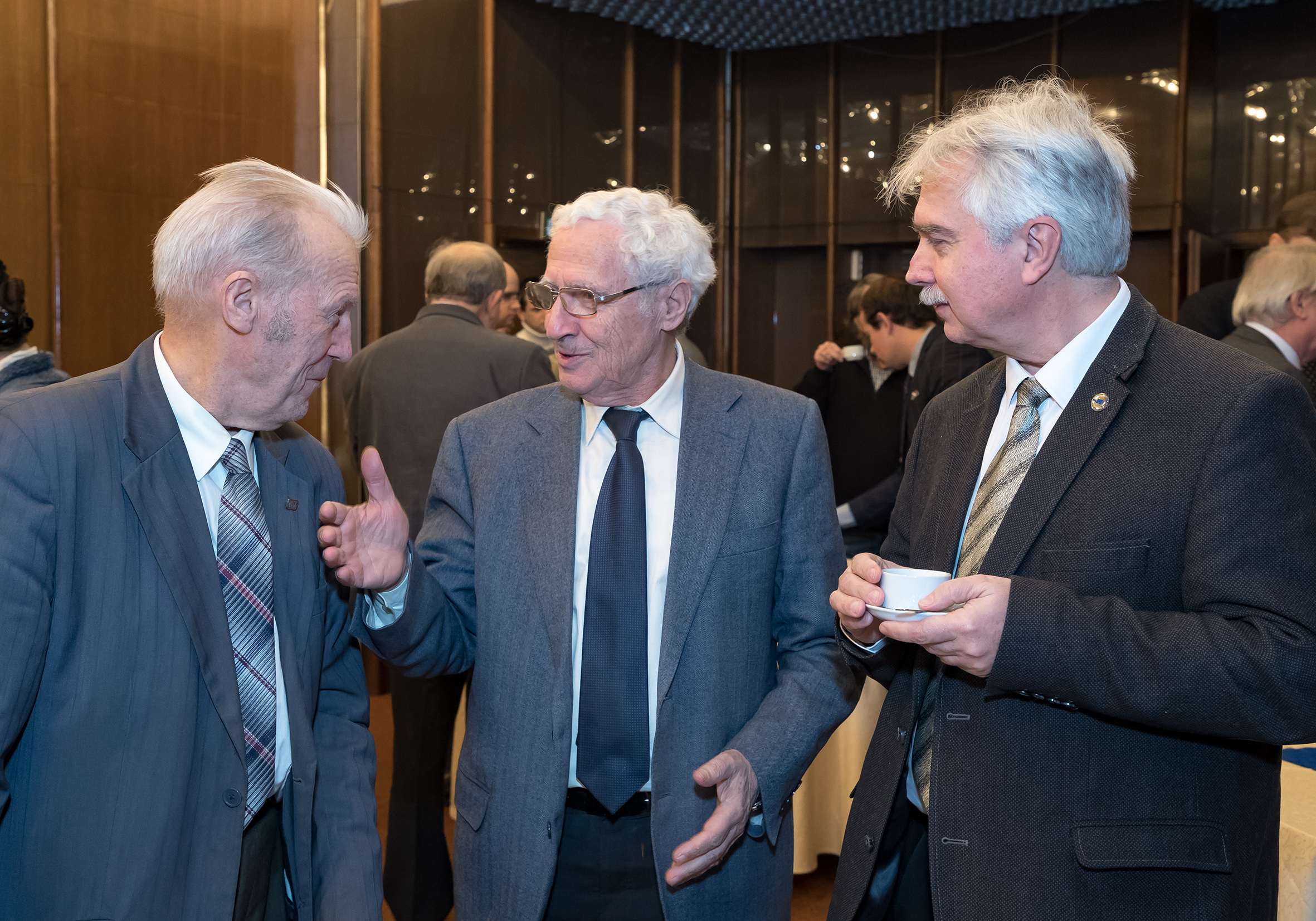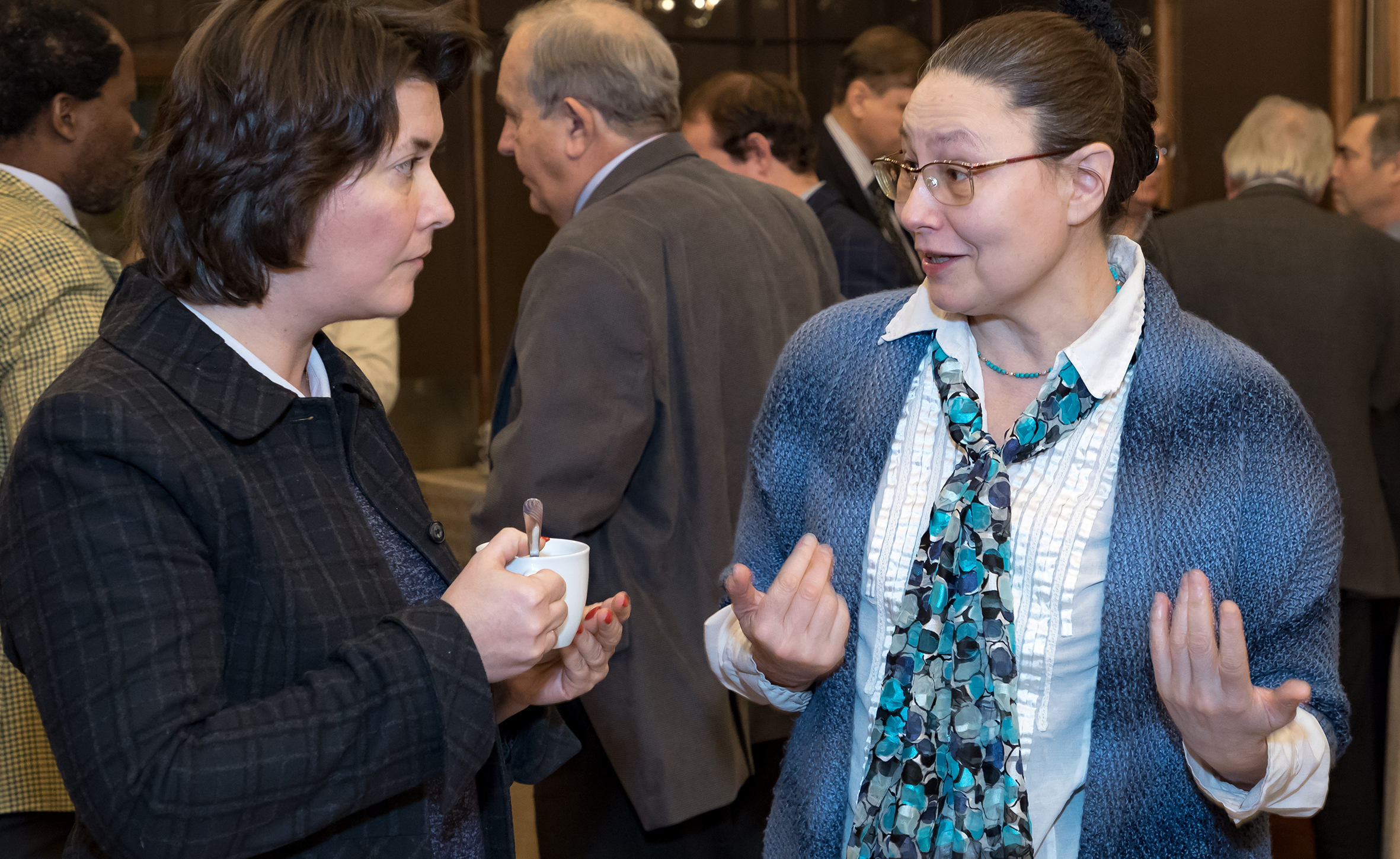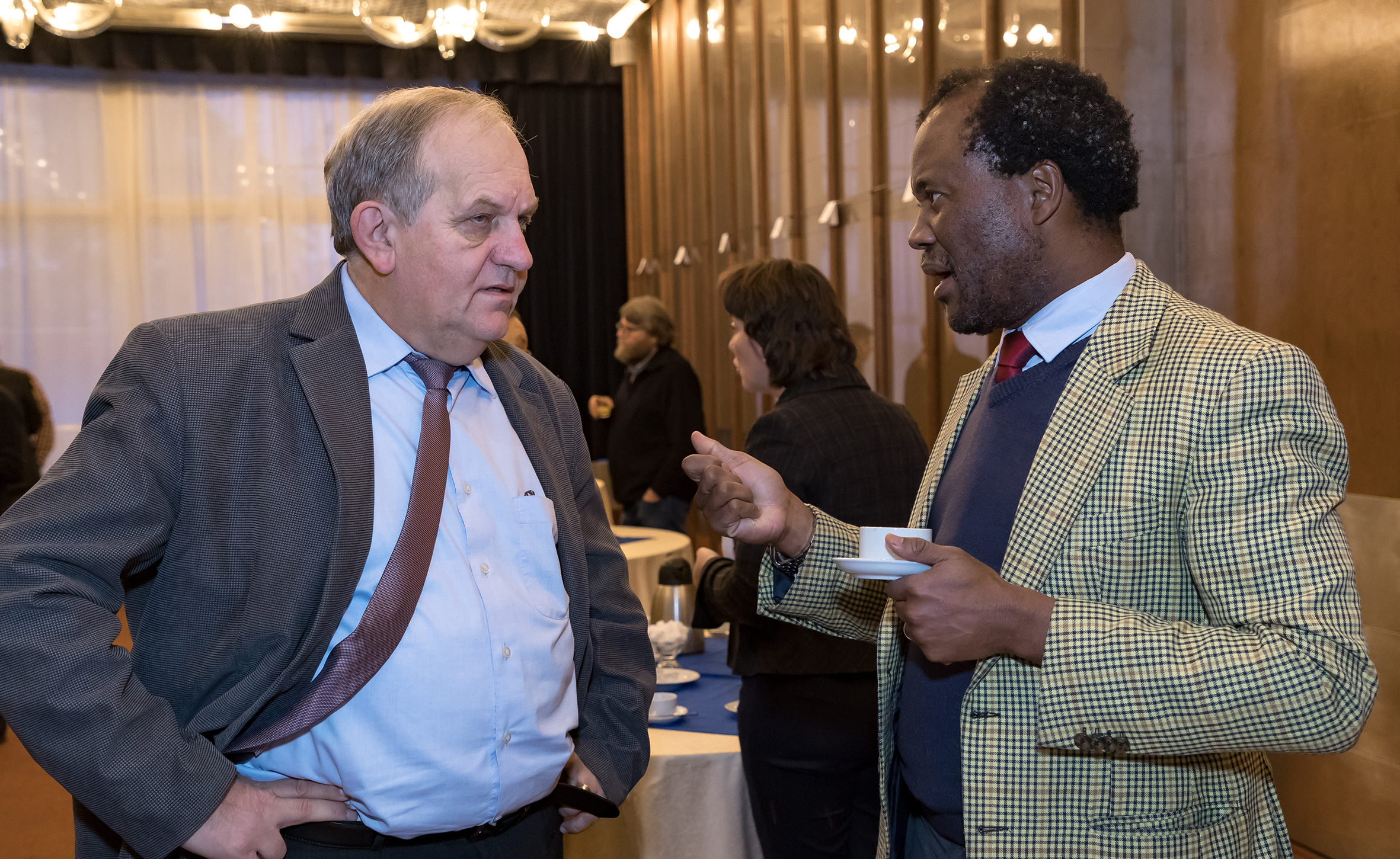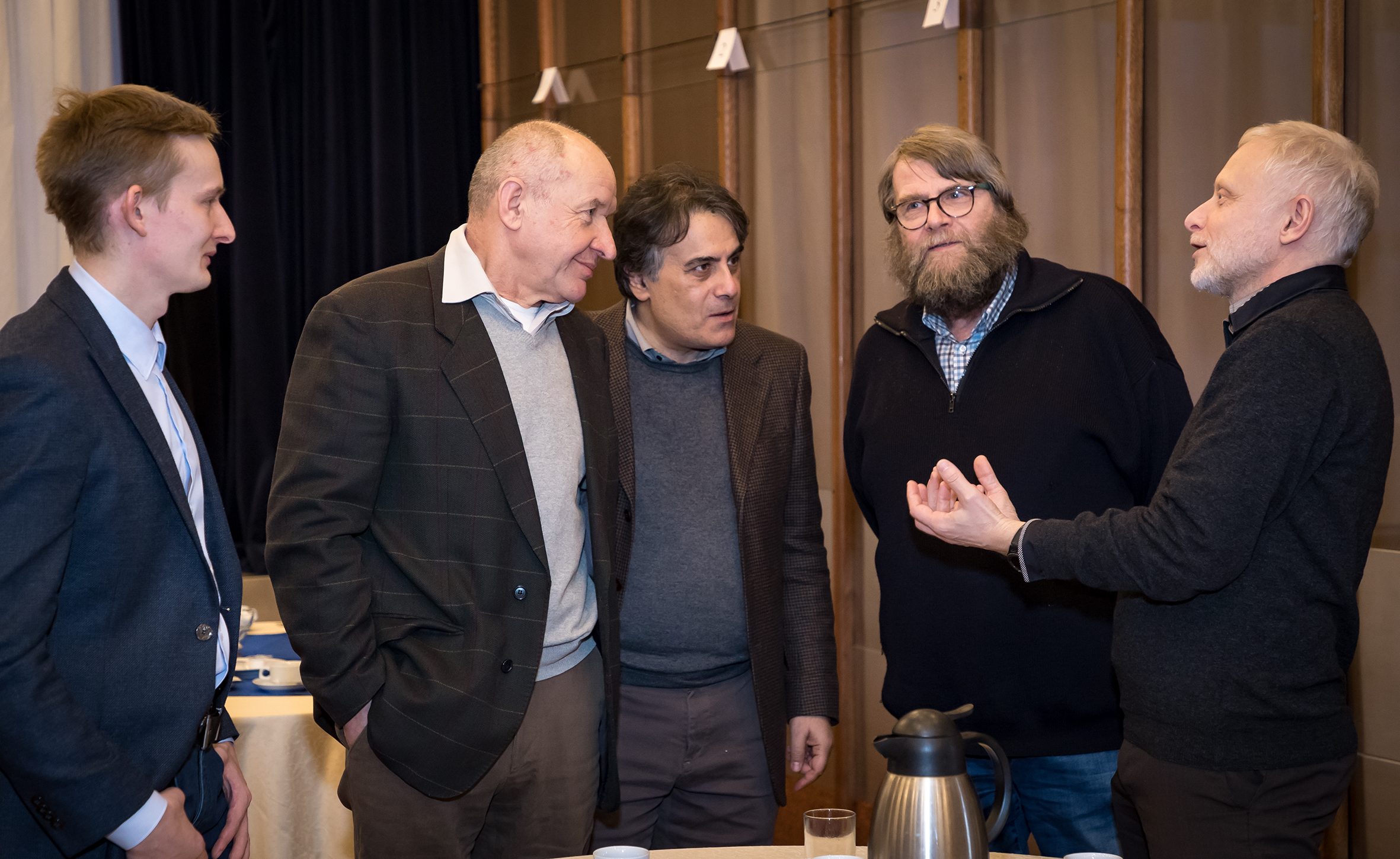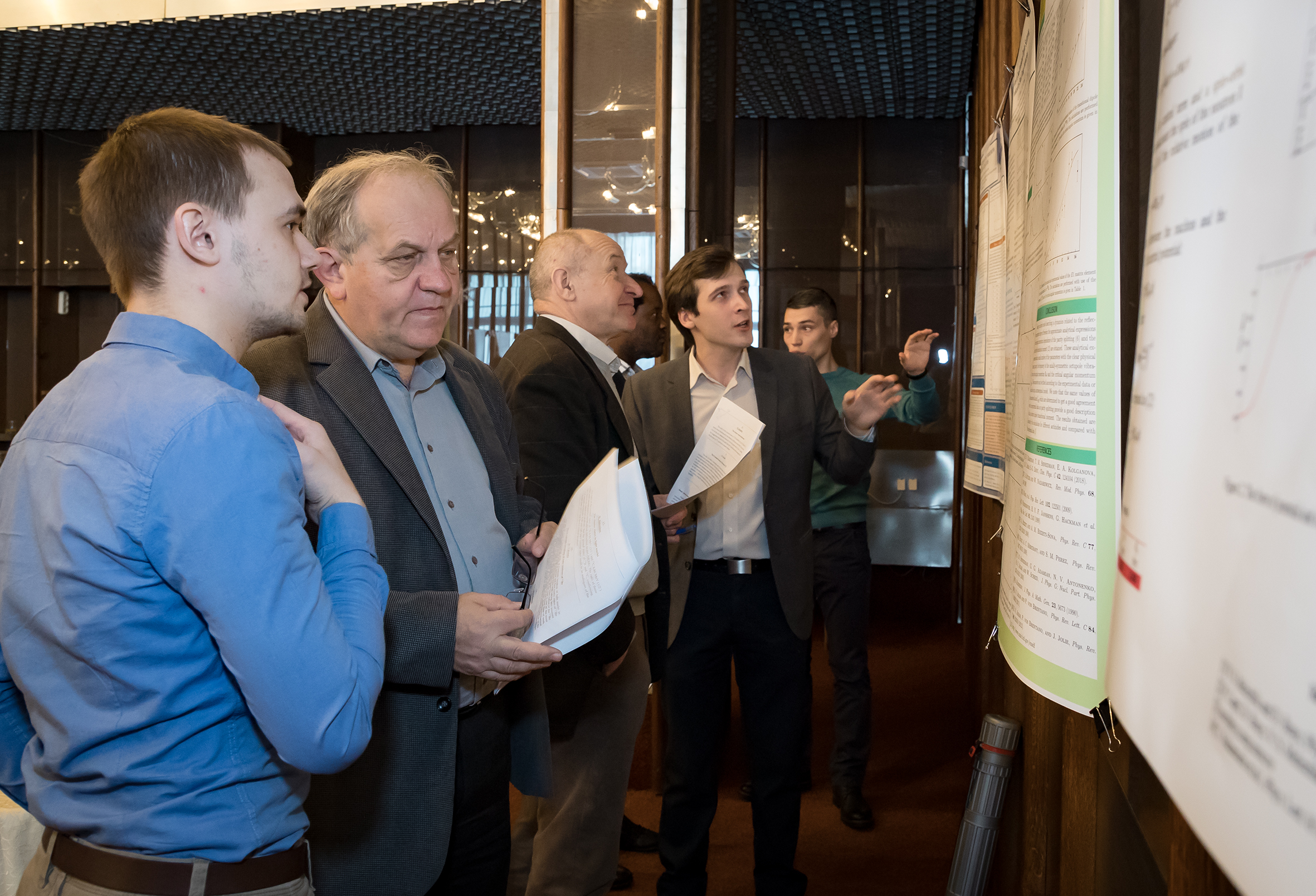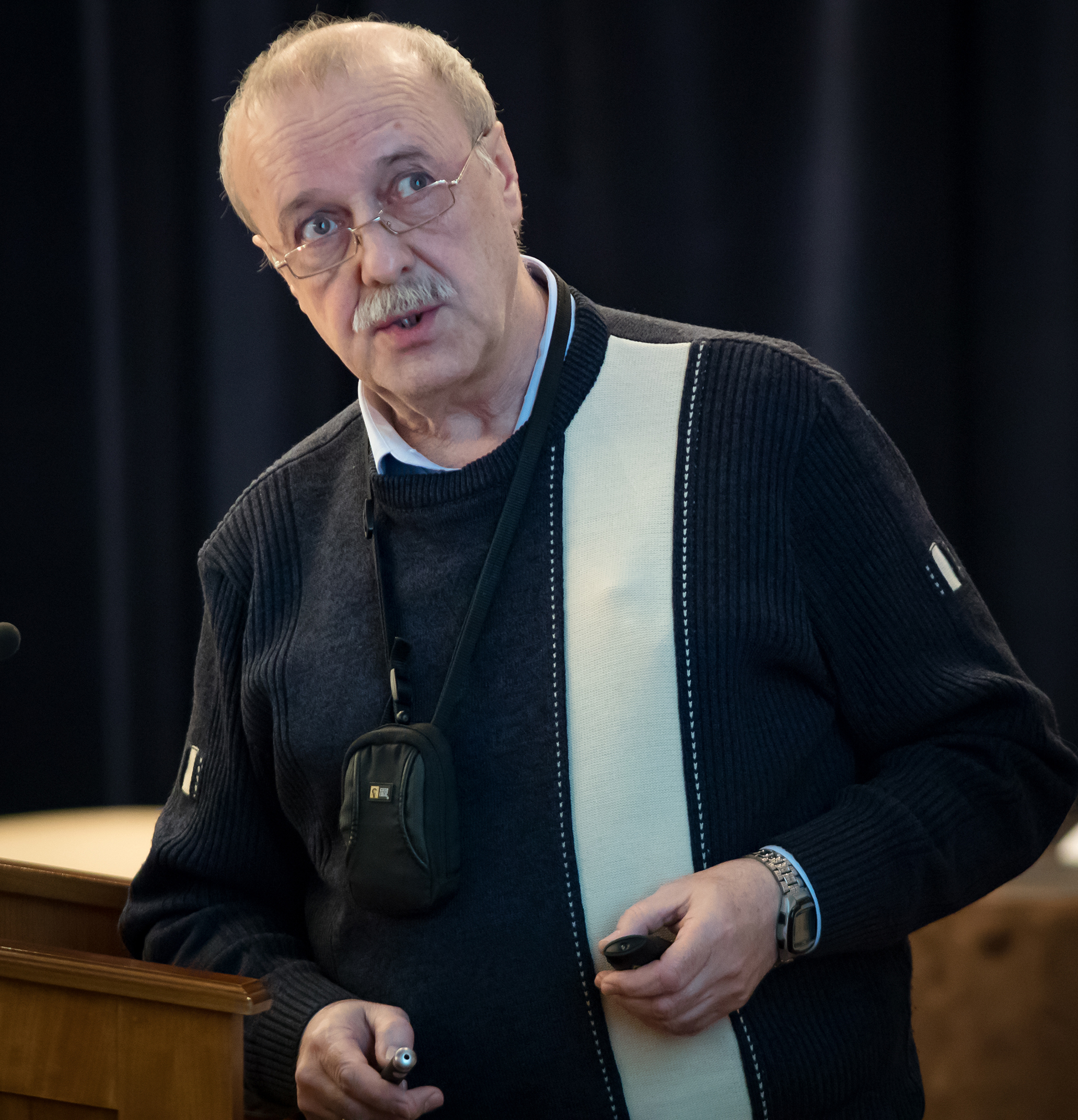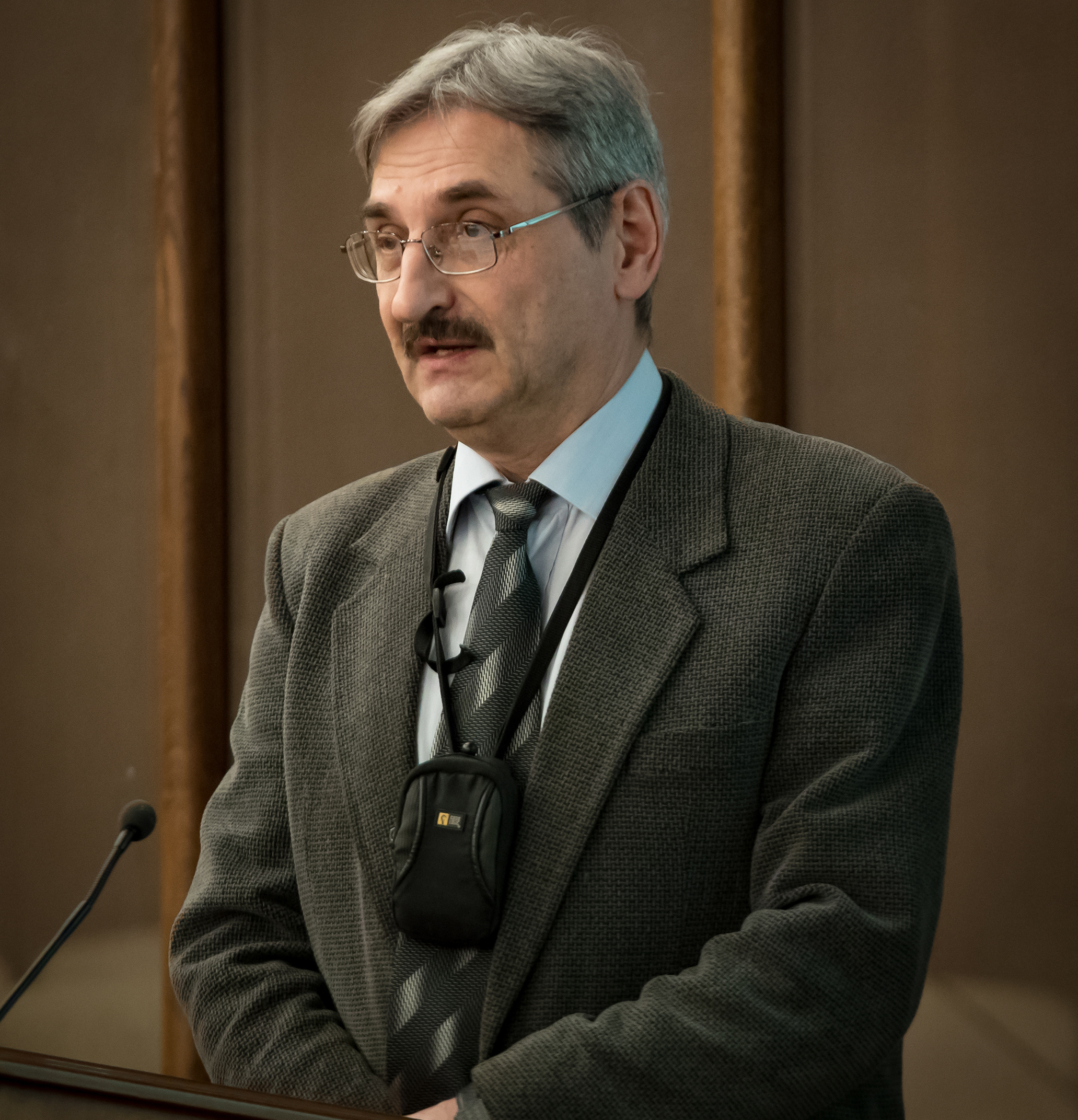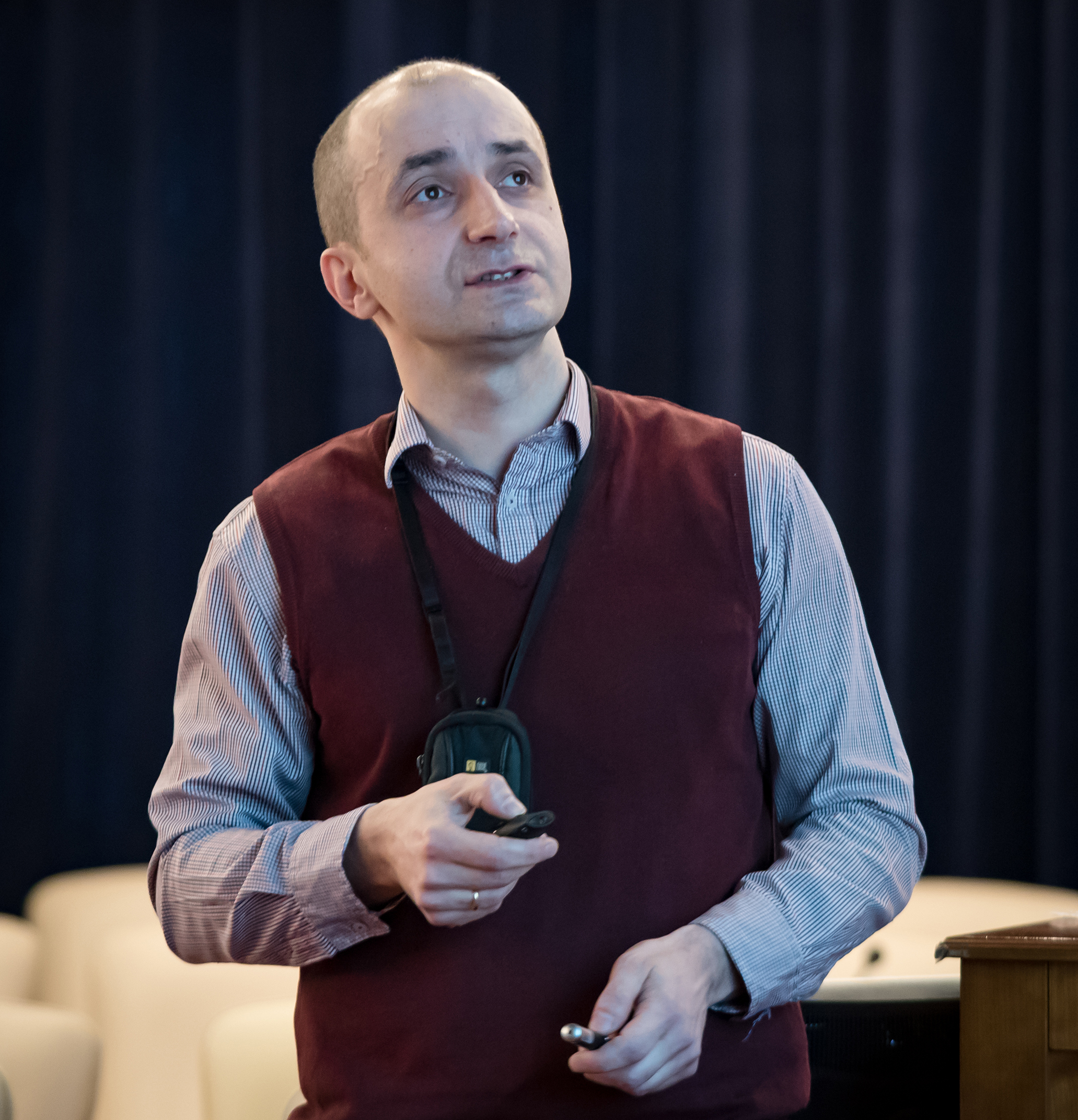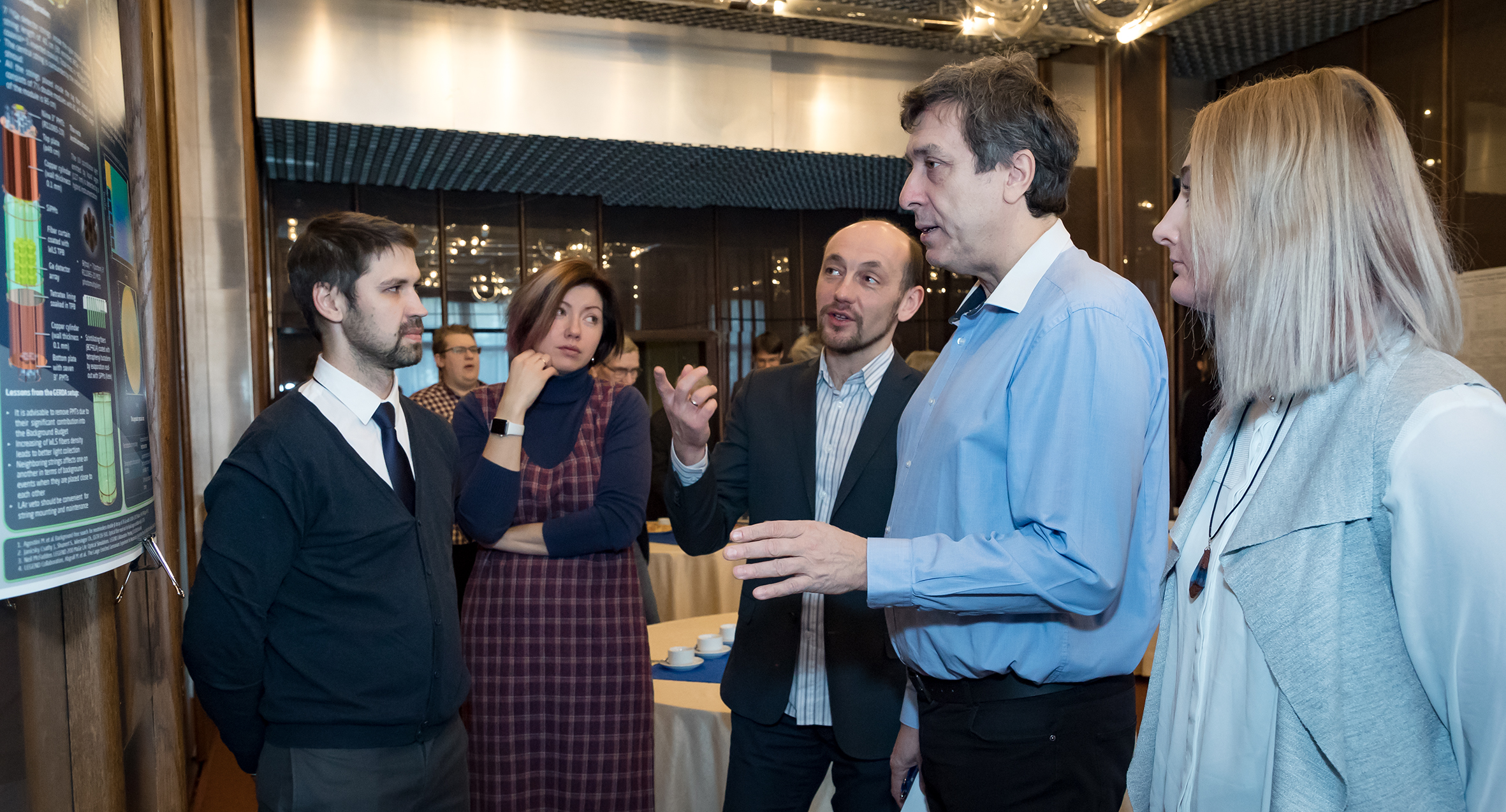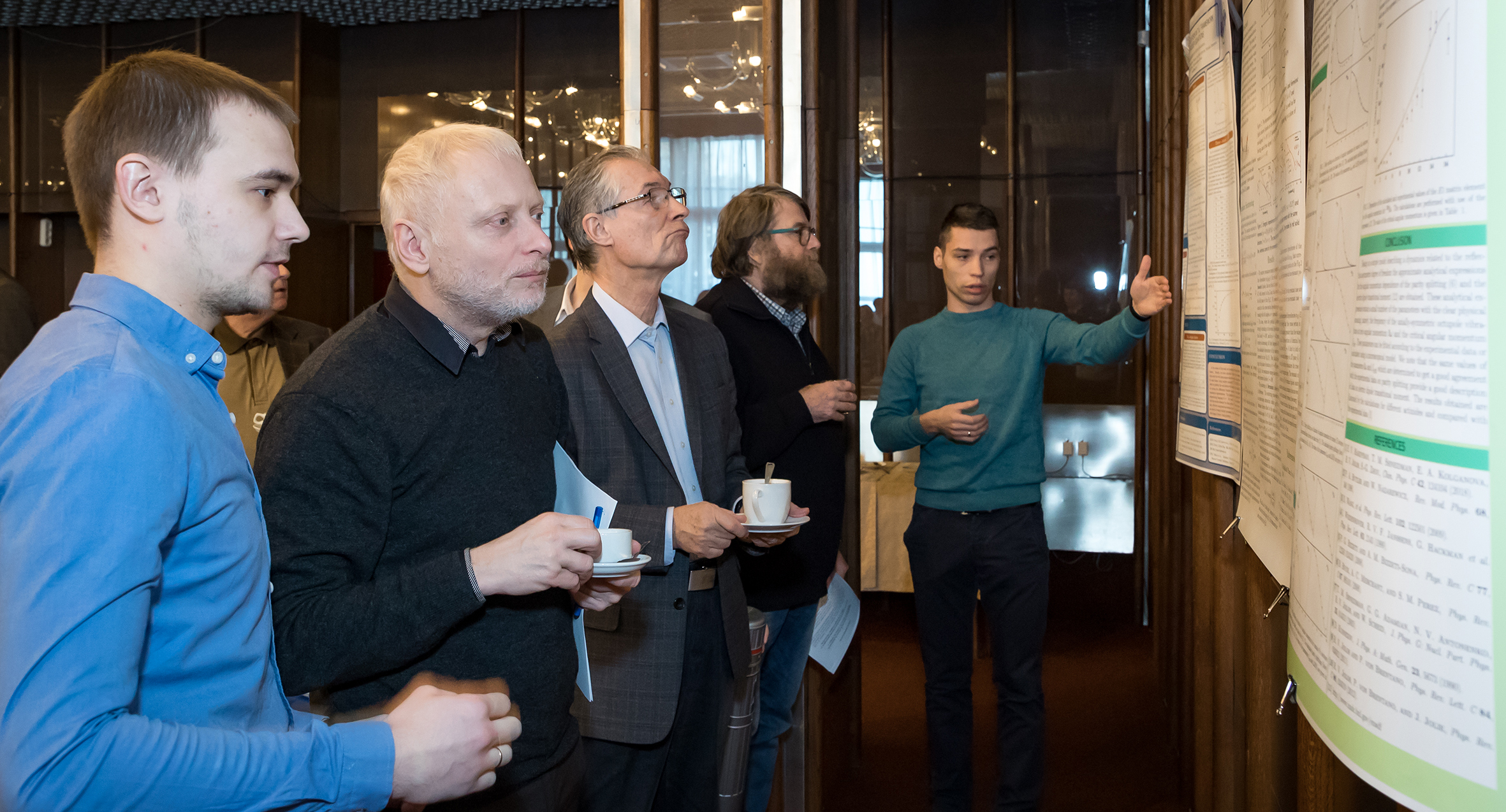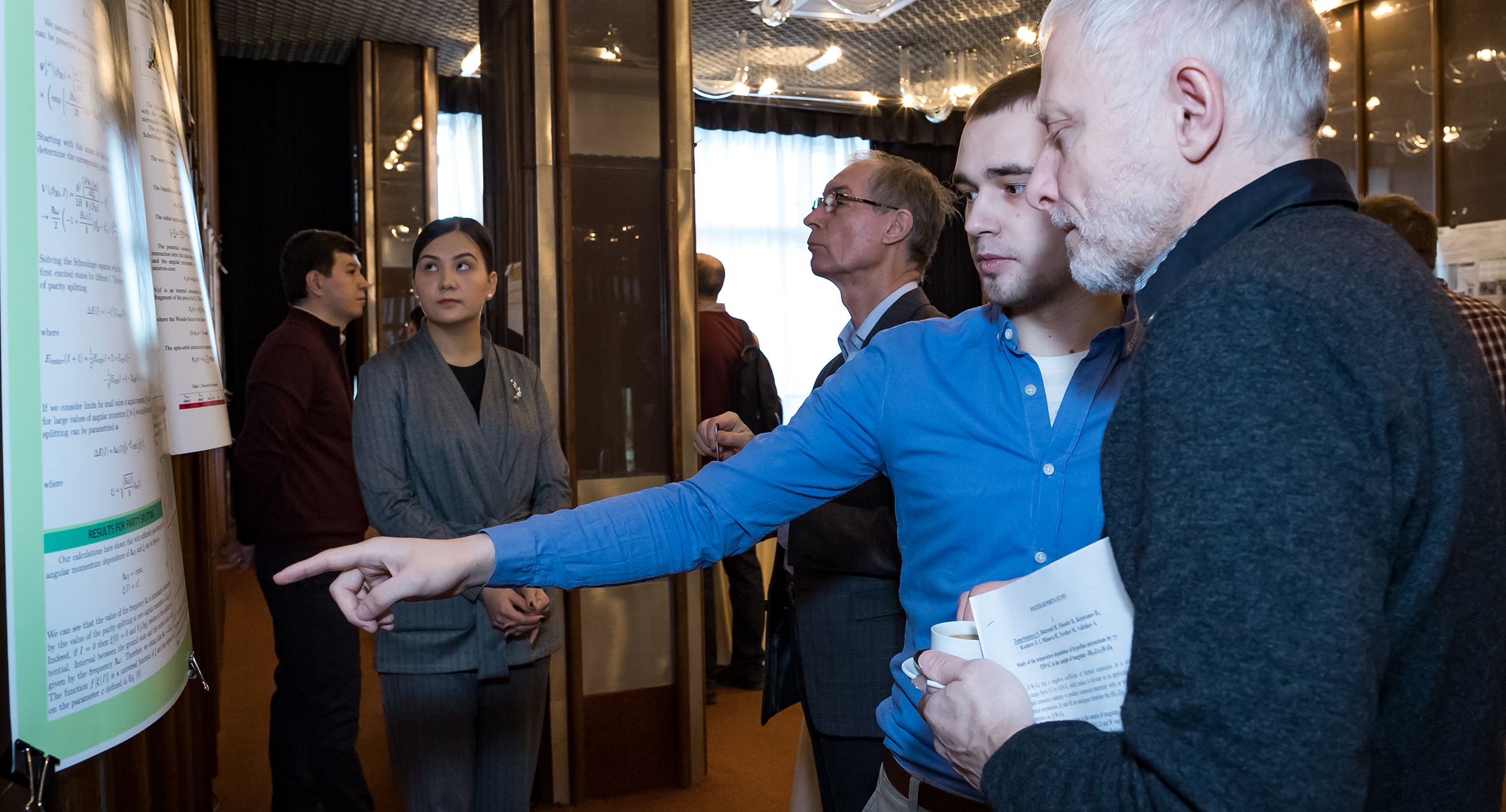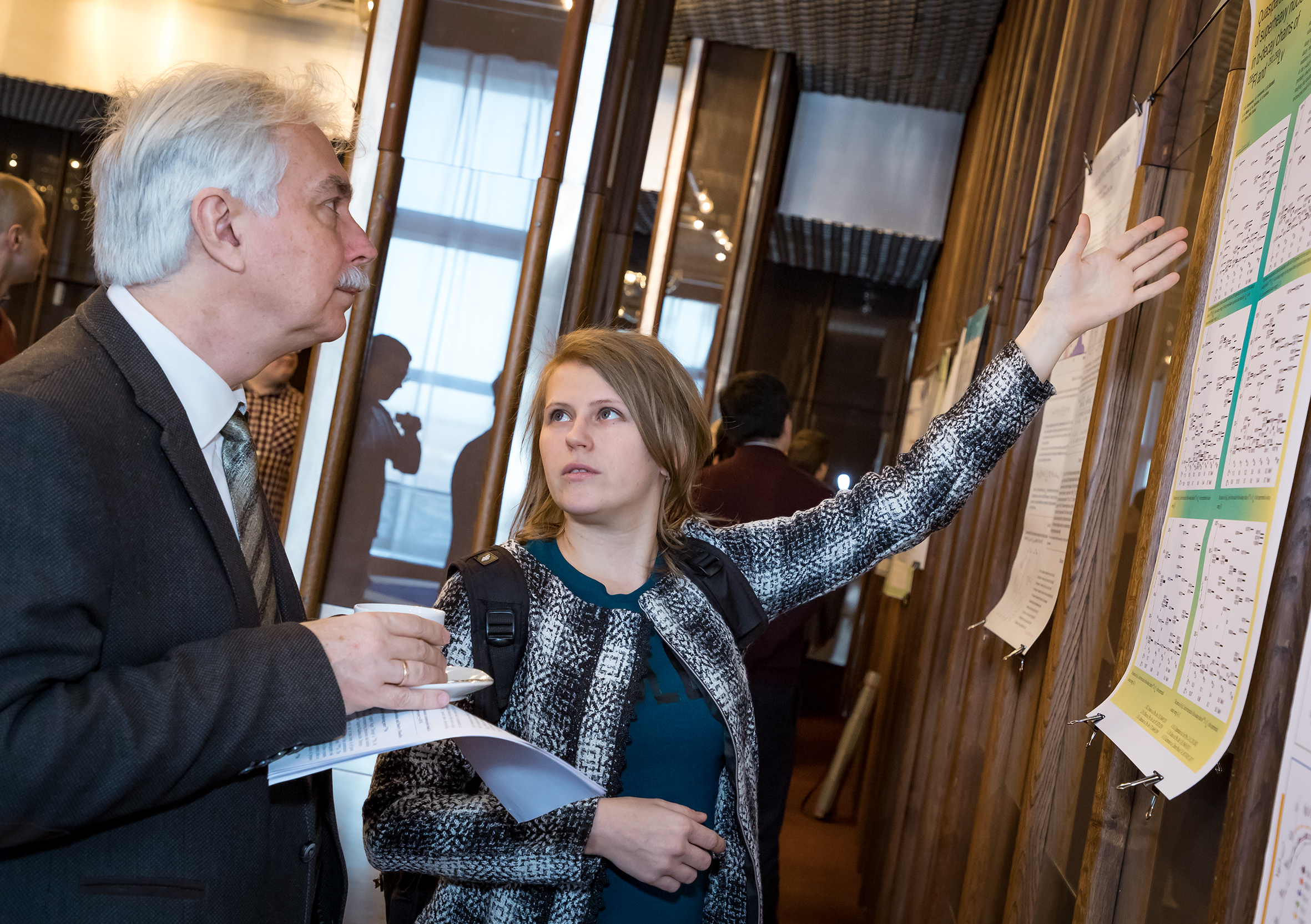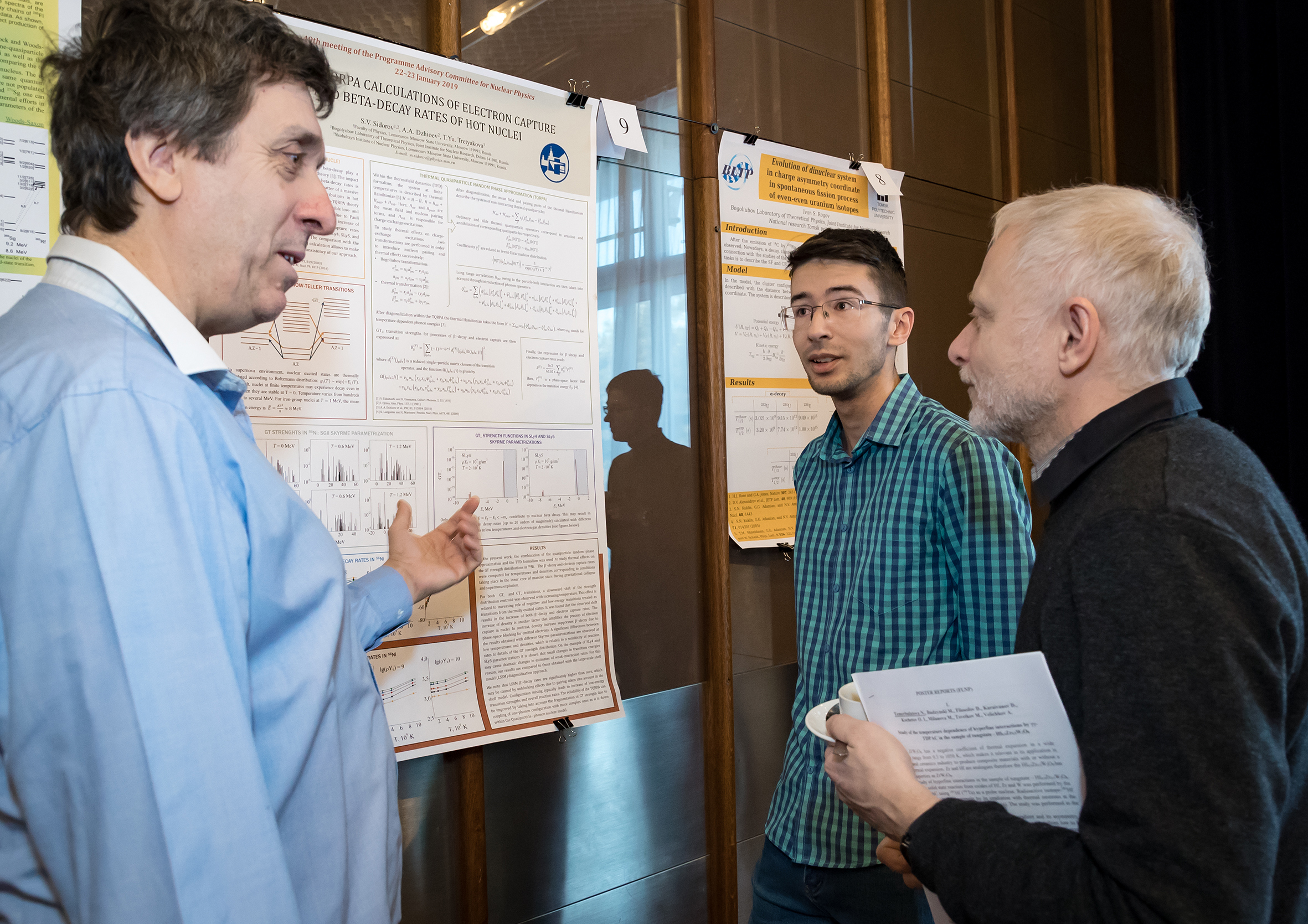Both: heated arguments and lively discussions
News, 08 February 2019
JINR Vice-Director Professor M.G. Itkis commented on the milestones of the 49th meeting of the JINR Programme-Advisory Committee for Nuclear Physics.
– Mikhail Grigorievich, what caused the decision to dedicate the joint meeting of the PAC for Particle Physics and the PAC for Nuclear Physics to neutrino physics, astrophysics and dark matter?
– I would like to remind that five years ago or a bit more, the same initiative was offered: to consider what is happening in JINR in the fields of neutrino physics at the joint meeting of two PACs. It was the time when the first ideas of the “Baikal” project, experiments at the Kalinin Nuclear Power Plant were sparked. At that time, Walter Greiner and Itzhak Tserruya, Chairpersons of the relevant committees, proposed to discuss at the joint meeting this theme that was getting more and more urgent for the Institute. It passed and it seemed that everything calmed down. Then, another such initiative was sparked by the Committee for Particle Physics to define priorities of these experiments as far as we have the flagship project in the fields of neutrino physics and there are other projects as well in which our staff members take part, notably various teams consisting of senior and young scientists. Of course, there were no questions dealing with our two home programmes concerning the Baikal and the Kalinin Nuclear Power Plant, while the rest was unequally valued and it was necessary to put things right and define the priorities.
There are different points of view on this issue. The concentration of efforts is good. However, if there is a team of several people who do not demand any capital expenses and still provide good scientific products participating in collaborations, then it is better not to bother them, let them work! It is called a project, our financial participation is minimal. But still, there are other projects as well to which we make a large contribution and at the end, this contribution is unseen, if we may say so. The experiment itself is good, acknowledged in the world but the participation of our scientists is virtually invisible. So, we decided to solve this problem.
There were heated arguments and lively discussions, supervisors were appointed for each project; the result is that a couple of projects, which got a law mark “C”, will be consequently finished. Several projects were evaluated as “B”, there are very promising projects among them. For example, they included such a long-term project as SuperNEMO in which the results will be obtained not so soon. It is our joint with French colleagues project: in fact, we jointly support the underground laboratory in Modane where our neutron detector for superheavy elements designed by FLNR is placed. So, experiments included in the “B” group according to the results of discussions will be continued. Several projects got the “A” mark, namely our JEMMA, our “Baikal”, NoVA experiments… Further actions will be made by the JINR Directorate and the Directorate of the Dzhelepov Laboratory of Nuclear Problems, which has the major scientific and research potential in the fields of the neutrino programme.
Maybe in the course of the research development, we will again consider all these issues at joint PAC meetings. But now, we have two flagship projects that we support and will continue to support. And the future development of the Dzhelepov Laboratory of Nuclear problems is connected with these projects, extending of collaborations around them and successful projects implemented in world-leading scientific centres.
– …Then the topic of the PAC for Nuclear Physics came back to its ordinary topics…
– Yes, it did. And everything was a success. However, our experts, PAC members demand a particular scheduled programme and want to discuss it at the next PAC meeting. Vladimir Utenkov in his report has already presented the programme of first experiments at the Factory of superheavy elements. I do not see any problems in this field except one: how much time is needed to synthesize heavier elements? Months? Or Years?..
– And how to calculate it?
– Well, theoreticians do approximate calculations…
– Are there any models?
– Yes, of course. However, they are made with the accuracy within 2 – 3 orders. In the case of one month and the 2nd order – it will be 100 months… But still, we know the reactions in which all this will happen; isotopes are being produced for us in Oak Ridge; everything is going according to the plan. There are some details concerning the Russian State Technical Authority, we are in for passing another stage of tests but I think that everything will be fine. I think that testing experiments will start in April.
– But the agenda of the meeting was not limited by topics concerning superheavy elements and future prospects for the development of the basis for their future study and synthesis of new elements, was it?
– As for other FLNR areas of activities, great work on modernization of the U-400M is in store. An excellent ACCULINA-2 separator was constructed, and now it is necessary to increase the energy of accelerated beams and achieve high reliability of all accelerating systems. It also includes the issues of security as far as the intensity will be higher. These are not the tasks for this year but we cannot put off it later than the middle of 2020. And we will definitely not do it.
Another issue discussed at the meeting was long-term plans. Arguments are underway, construction of the linear accelerator of beams is discussed, but all this goes beyond the present seven-year period of the Institute’s development. So, everything is well in FLNR.
Participants of the Committee for Condensed Matter Physics visited the Flerov Laboratory of Nuclear Reactions. All visitors were excited. It was the first time they visited the Nanocentre and were impressed by the fact the Laboratory engaged in the synthesis of superheavy elements also develops their field of research: the laboratory with perfect equipment was established. And of course, it was worth seeing by themselves.
– You participated in the meeting of the PAC for Condensed Matter Physics as well. What milestones can you share?
– The Frank Laboratory of Neutron Physics also has long-term plans concerning the concept of new neutron sources; Egor Lychagin spoke about them in his report. This topic also evoked a vivid discussion: although we are speaking about the 2030s, everyone understands that it is necessary to prepare the project in the nearest future. Everyone appreciated the resumption of the IBR-2 operation. However, there are many facilities around the reactor and statements were made that it is better to have at least 3 – 4 world-level facilities and focus the efforts on them.
All in all, I believe that all meetings of the PACs passed successfully, fightingly I would say. The JINR Directorate expressed gratitude to their participants for great work and active participation in specifying major fields for JINR development.
Eugeny Molchanov , JINR Weekly Newspaper
Photos by Elena Puzynina, the Scientific Information Department
